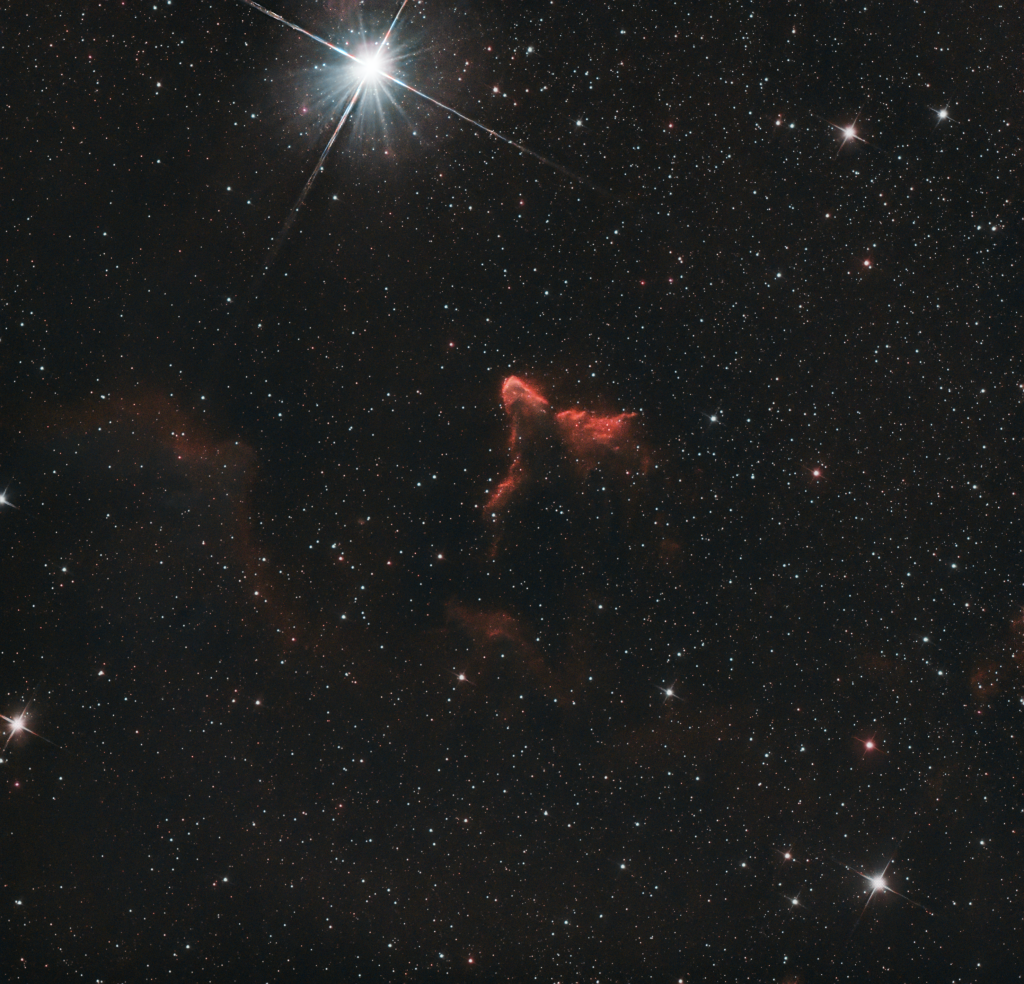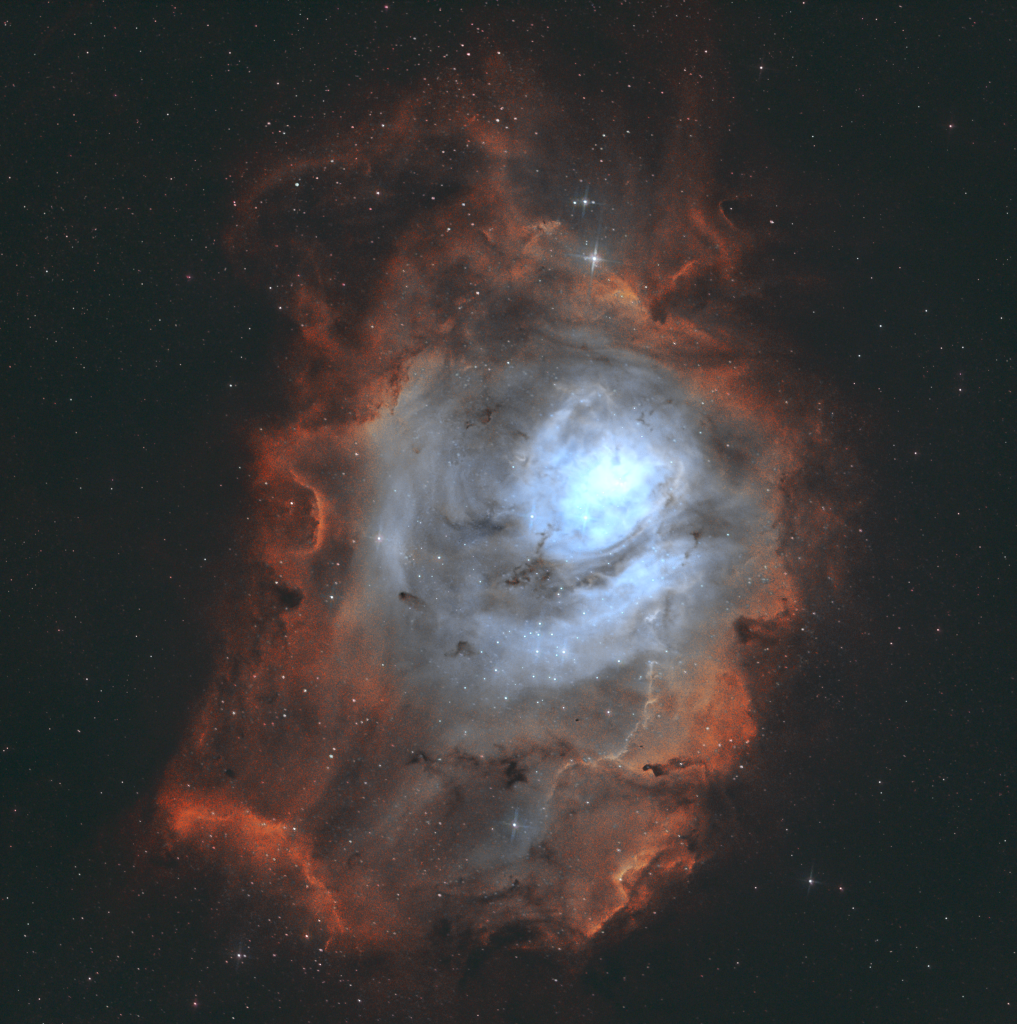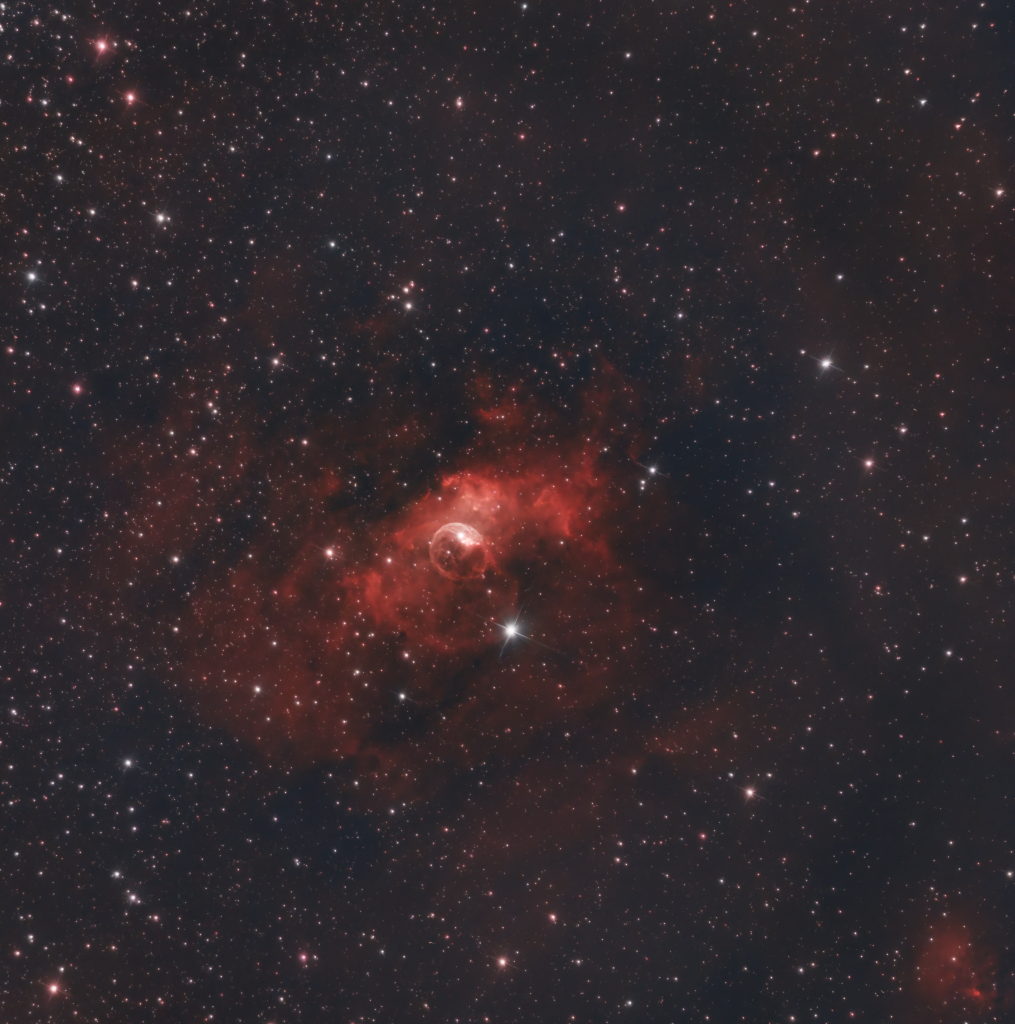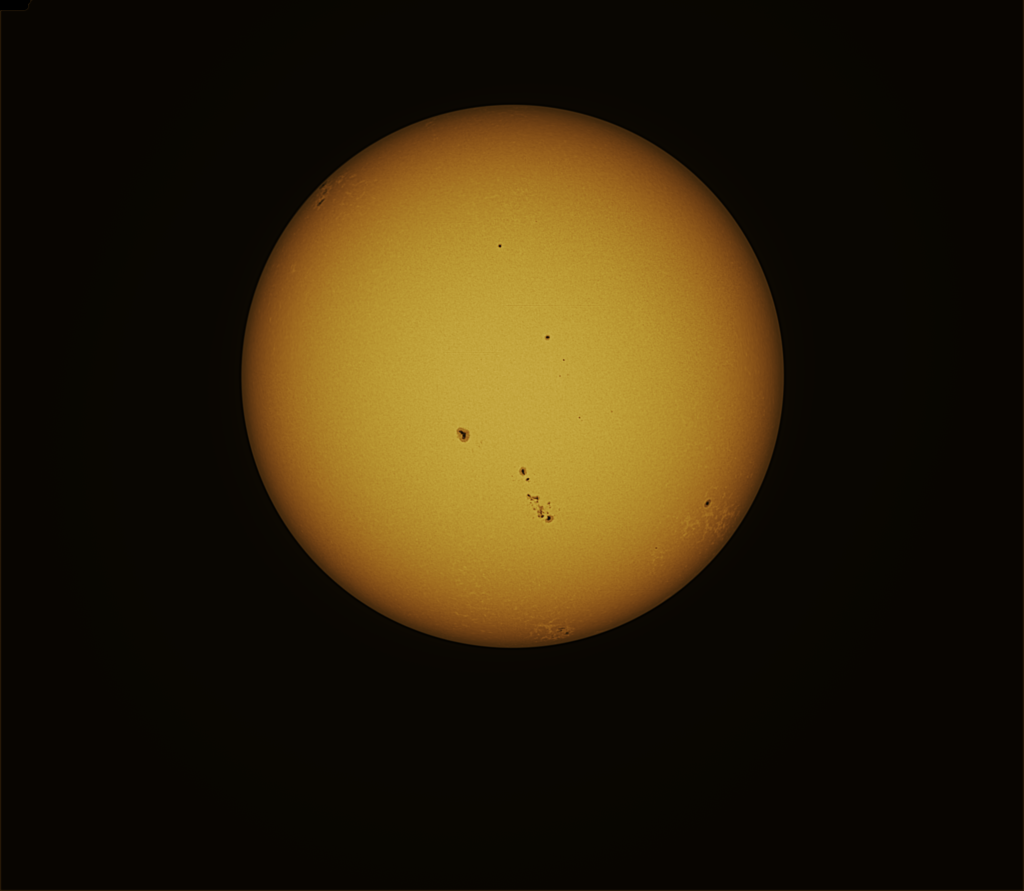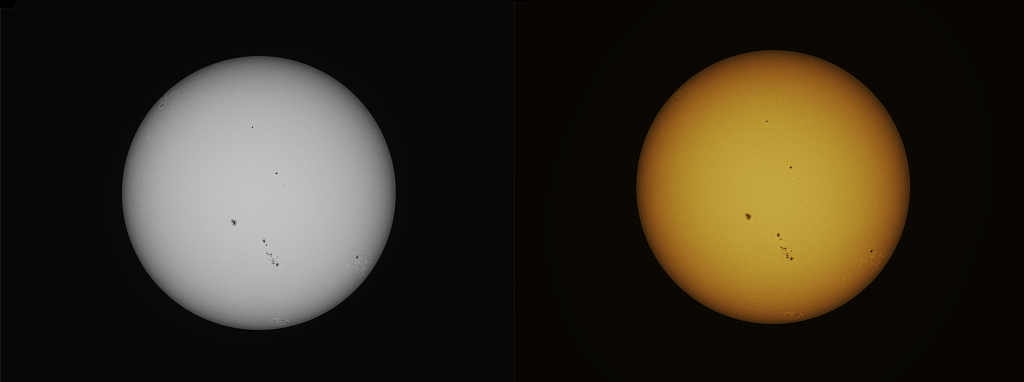The Ghost of Cassiopeia
This nebula is an eerie, ghostlike figure composed by gas and dust, illuminated by the massive star Navi aka Gamma Cassiopeia.
This was not easy. I’m currently encountering a bunch of issues that I yet have to properly identify. After I completed my polar alignment and focusing I was noticing really weird star patterns on my first few images. This is one of the frustrating bits of astrophotography. Such patterns could be due poor guiding, focusing issues, backfocus, tilt, spacing etc. On bright targets it’s easy to process away but on much dimmer objects like this one it’s a real challenge. I’ll need to investigate and fix this.
Anyway. This is one of my targets for this year and I’m happy with this first set of data. I will probably revisit this later this year when the nebula is higher up the sky and I will increase integration time as I’ve only been able to get 3 hours here.
